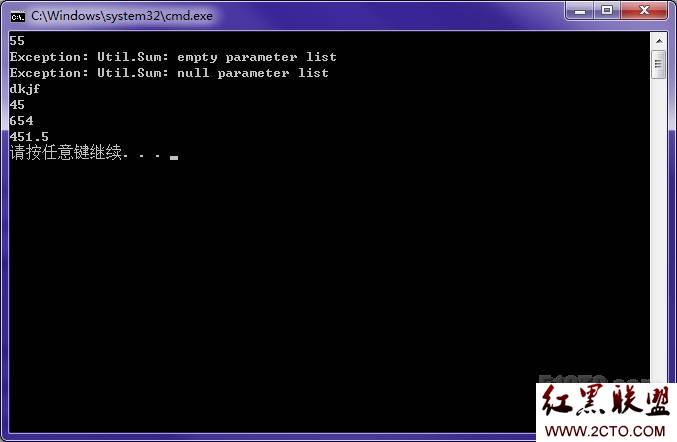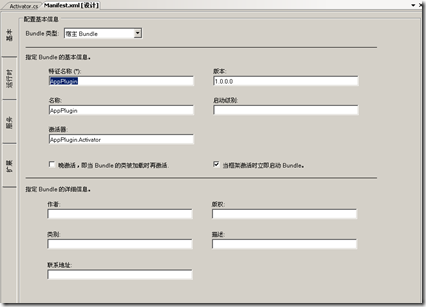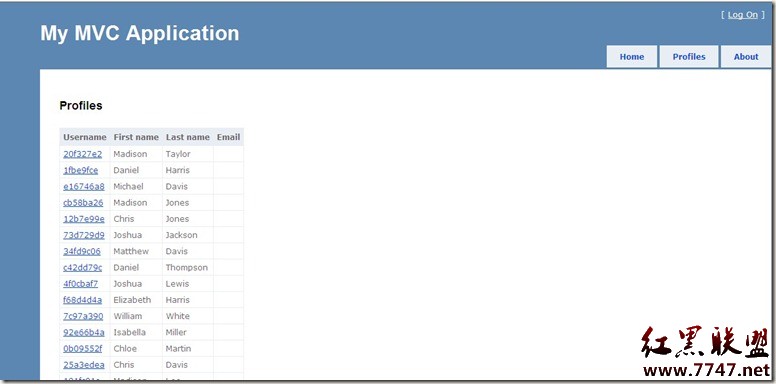答案:Overview:
The Session Object is how you track a single user across many pages. It has four (4) properties, two (2) collections, one (1) method, and two (2) events.
Get Started:
In this series of examples we will create a password system. We will use the Session Object to track whether or not a user is authorized to view certain pages. Below are several scripts for lesson12. Look at them, play with, and then read the explanations that come further down the page.
<%@LANGUAGE="JavaScript"%> <% //No ASP Here, just a regular HTML Page %> <HTML> To play along with our password page, put in a user name and a password.<BR> <BR>The correct user name is <I>guest</I>.<BR> And the correct password is also <I>guest</I>.<BR> <FORM METHOD="post" ACTION="script12a.asp"> User:<INPUT TYPE="text" SIZE="9" NAME="userName" VALUE="guest"><BR> Pass:<INPUT TYPE="password" SIZE="9" NAME="userPassword" VALUE="guest"> <BR> <INPUT TYPE="submit" value="Login"> </FORM> </HTML>Click Here to run script12.asp in a new window. Below is script12a.asp.
<%@LANGUAGE="JavaScript"%> <% var userName=new String(Request.Form("userName")) var userPassword=new String(Request.Form("userPassword")) if (userName=="guest" && userPassword=="guest") { Session("Authorized")=true Response.Redirect("script12b.asp") } else { Session("Authorized")=false %> <HTML> You did not supply the correct Name & Password.<BR> <A HREF=>We'll skip over script12b.asp entirely because it's almost exactly the same as script12c.asp. Down below is script12c.asp.
<%@LANGUAGE="JavaScript"%> <% if (Session("Authorized")!=true) { %> <HTML> You are not an authorized user.<BR> <A HREF=>Above is script12c.asp, which is the second of two password-protected pages. Below is script12.asp, which is the logout page.
<%@LANGUAGE="JavaScript"%> <% if (Session("Authorized")!=true) { %> <HTML> You are not an authorized user.<BR> <A HREF=>A Quick Explanation:
After all that, the last thing you want to see is another grey box full of code. Sorry to do it one more time but, the keystone to this system is in script12a.asp. I've reprinted it down below.
if (userName=="guest" && userPassword=="guest") { Session("Authorized")=true Response.Redirect("script12b.asp") }Any page can now be turned into a password protected page with the following line:
if (Session("Authorized")!=true) . Session Variables are part of the Session Collections. Let's talk about them.Session Collections:
The two Session Collections are Session.Contents and Session.StaticObjects. They parallel the Application.Contents and Application.StaticObjects.
Using
Session.Contents("someVariable")="someValue" we can set Session Variables. These variables allow us to carry values from one page to the next. Since Contents is the default collection we can use a little shortcut. It goes like this:Session("someVariable")="someValue" .The shortcut is what you saw in the scripts above.
Session.Contents has two methods of its own. They are
Session.Contents.Remove("variableName") andSession.Contents.RemoveAll() .We did not demonstrate StaticObjects in the scripts above. It comes in the form of the <OBJECT> flag (set for Session scope).
No Sharing:
Remember how Application variables could be shared by all viewers on your ASP web site? That's not so with Session Variables. They are private; Session Variables are to be accessed only by one user.
Session.Abandon( ):
My bet is you could figure out Session.Abandon() without any explanation. However, let me just state for the record that Session.Abandon() ends the user's session and releases the Session Variables from memory.
Session Properties:
Let's briefly discuss two properties you are not likely to use. Session.CodePage lets you call for foreign character sets, like Chinese or Russian. Session.LCID is a location identifier. It determines the time zone and language for the server. Don't mess with it.
Now let's move on to something you might actually use from time to time. Session.SessionID is a read-only property generated by the server, and assigned to one specific user during one specific session. The SessionID follows the user from the beginning of the session until the end.
Session.Timeout is the number of minutes that a user can be idle before the Server ends the user's individual session and reclaims the memory that was allocated to Session Variables. (Session.Timeout is demonstrated in the global.asa in lesson 10.)
Session Events:
The two Session events are Session_OnStart() and Session_OnEnd(). These events are accessed in the global.asa. You can see an example of global.asa in lesson 10.
上一个:在线扫描探测检查asp站点木马后门的程序
下一个:javascript asp教程第三课 new String() 构造器
- 更多asp疑问解答:
- asp正则过滤重复字符串的代码
- 用asp过滤全部html但保留br类似的符号
- 会asp,但感觉asp要过点,想学php。但我一般做的都是小公司的站,用access数
- PHP的空间可以用ASP的源代码吗?
- 以前做asp程序,现在应该怎样发展?是学.net还是php
- 以前做asp程序,现在应该怎样发展?是学.net还是php
- 想做一个市级的人才网acess,sql数据库,语言asp,jsp,php分别用哪种好
- jsp,asp,php 区别
- 我想找一个有比较多漏洞的网站的源码,比如可以asp,php注入等都可以。供学习研究用。请提供下载地址。。
- 现在候找人做个网站,用ASP,还是PHP语言去做好
- asp,php ,jsp,.net 对于做网站前台的重要吗?
- asp和php的区别是什么?
- 我是新手SEO菜鸟 请问wp dw php asp cms myspl dede 这些软件应该如何区分呀?
- 网页制作相关的三种语言:ASP JSP PHP那个好点,简单点?
- 网页制作相关的三种语言:ASP JSP PHP那个好点,简单点?





